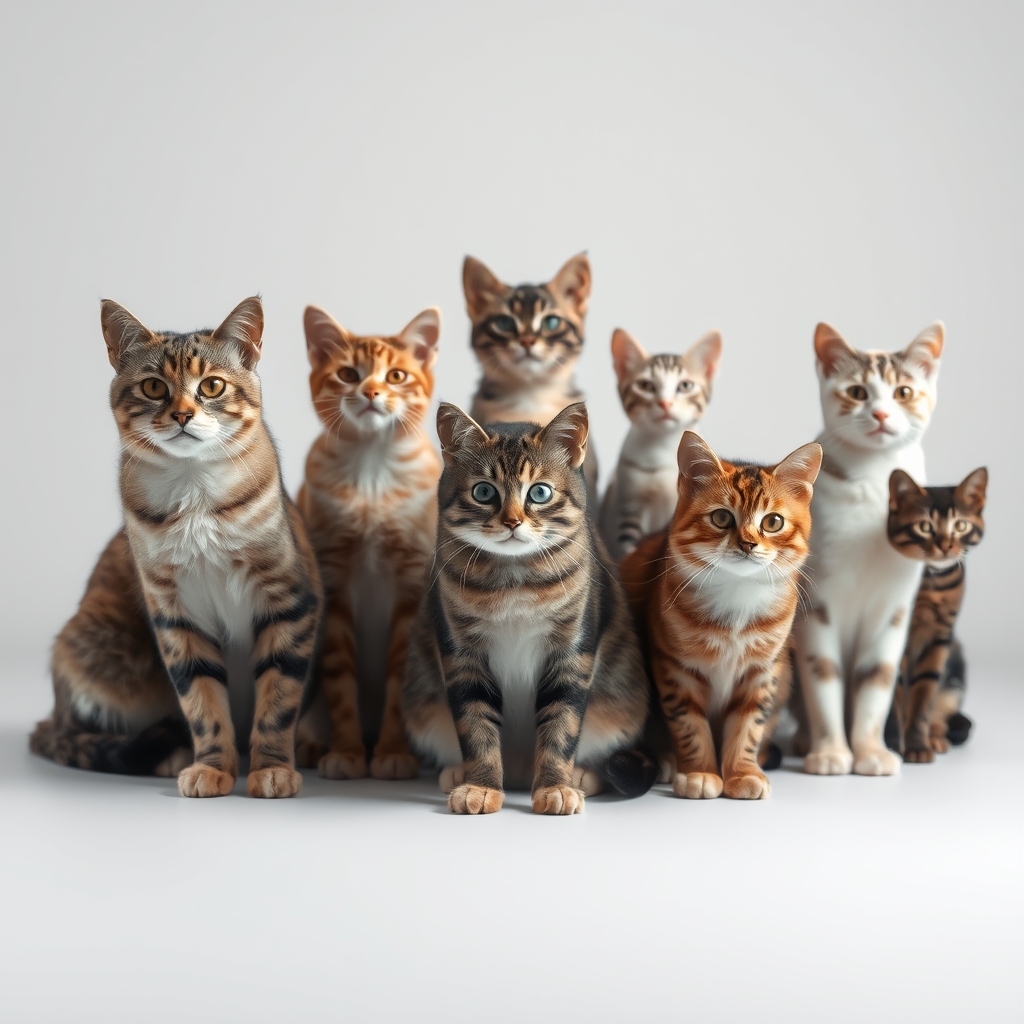Cat Breed Identifier API vs Cat Breed Classification API: What to Choose?

In the world of pet technology, APIs play a crucial role in enhancing applications that require image recognition and classification. For cat enthusiasts and developers alike, two prominent APIs stand out: the Cat Breed Identifier API and the Cat Breed Classification API. Both APIs leverage advanced artificial intelligence to identify cat breeds from images, but they have distinct features and capabilities that cater to different needs. This blog post will provide a comprehensive comparison of these two APIs, helping you decide which one is best suited for your specific requirements.
Overview of Both APIs
The Cat Breed Identifier API is designed to accurately recognize cat breeds from images using sophisticated artificial intelligence algorithms. It employs computer vision technologies to deliver fast and reliable breed classification. The API's recognition engine has been trained on a vast dataset of cat images, ensuring high accuracy in identifying various breeds based on their physical characteristics.
On the other hand, the Cat Breed Classification API also focuses on recognizing cat breeds from images but emphasizes the ability to sort and classify large image databases. This API is particularly useful for businesses that need to organize unstructured data by breed, making it an excellent choice for applications in pet adoption platforms and educational tools.
Feature Comparison
Cat Breed Identifier API Features
One of the key features of the Cat Breed Identifier API is its Classification capability. To utilize this feature, developers must provide a URL pointing to the cat image they wish to classify. The API processes the image and returns a response indicating the breed along with a confidence score.
Example Response:
{"success":true,"image_url":"https://thirstycatfountains.com/wp-content/uploads/main-coon-82323__340-300x225.jpg","output":[{"label":"Maine Coon","score":0.95}]}In this response, the success field indicates whether the classification was successful. The image_url field provides the URL of the image processed, while the output array contains the breed label and the associated confidence score. A higher score signifies greater confidence in the identification, allowing developers to make informed decisions based on the API's output.
Cat Breed Classification API Features
The Cat Breed Classification API offers a similar feature known as Pet Classification. This feature allows users to recognize the breed of a cat in a given picture by simply passing the image URL. The API returns a list of possible breeds along with their confidence scores.
Example Response:
{"results":[{"label":"Siamese cat, Siamese","score":0.9666045308113098},{"label":"Egyptian cat","score":0.021663831546902657},{"label":"tabby, tabby cat","score":0.0021568406373262405},{"label":"lynx, catamount","score":0.0018659039633348584},{"label":"Persian cat","score":0.000798280700109899}]}In this response, the results array contains multiple breed classifications, each with a label and a score. This allows developers to not only identify the most likely breed but also to understand the potential alternatives, which can be particularly useful in applications where multiple breeds may be present in an image.
Example Use Cases for Each API
The Cat Breed Identifier API is ideal for applications that require precise breed identification from images, such as:
- Pet identification apps that help users determine the breed of their cats.
- Veterinary software that needs to classify cats for health assessments based on breed-specific traits.
- Social media platforms for pet owners that allow users to share images and receive breed identification.
Conversely, the Cat Breed Classification API is particularly beneficial for:
- Pet adoption platforms that need to categorize images of cats by breed to facilitate searches.
- Image management systems that require organization of large databases based on breed classifications.
- Educational applications that aim to teach users about different cat breeds and their characteristics.
Performance and Scalability Analysis
When it comes to performance, both APIs are designed to handle a significant volume of requests efficiently. The Cat Breed Identifier API excels in scenarios where quick and accurate breed identification is paramount. Its advanced machine learning algorithms ensure that the classification process is both fast and reliable, making it suitable for real-time applications.
The Cat Breed Classification API, while also performant, shines in environments where large datasets need to be processed and organized. Its ability to return multiple breed classifications allows for more nuanced applications, particularly in systems that require detailed categorization.
Pros and Cons of Each API
Cat Breed Identifier API
Pros:
- High accuracy in breed identification due to extensive training datasets.
- Fast response times suitable for real-time applications.
- Simple integration with a straightforward classification feature.
Cons:
- Limited to identifying a single breed per image.
- May not provide alternative breed suggestions.
Cat Breed Classification API
Pros:
- Ability to return multiple breed classifications, providing more context.
- Ideal for organizing large image databases by breed.
- Well-suited for applications that require detailed breed information.
Cons:
- Potentially slower response times when processing images with multiple breeds.
- More complex integration due to the need to handle multiple results.
Final Recommendation
Choosing between the Cat Breed Identifier API and the Cat Breed Classification API ultimately depends on your specific use case. If your application requires quick and accurate identification of a single breed from an image, the Cat Breed Identifier API is the better choice. Its simplicity and speed make it ideal for real-time applications.
However, if you are working with a large database of images and need to classify them by breed, the Cat Breed Classification API is more suitable. Its ability to return multiple classifications allows for a more comprehensive understanding of the content in each image, making it a valuable tool for applications focused on organization and education.
In conclusion, both APIs offer unique features and capabilities that cater to different needs in the realm of cat breed identification. By understanding the strengths and weaknesses of each, developers can make informed decisions that align with their project requirements.
Looking to optimize your Cat Breed Identifier API integration? Read our technical guides for implementation tips.
Looking to optimize your Cat Breed Classification API integration? Read our technical guides for implementation tips.





